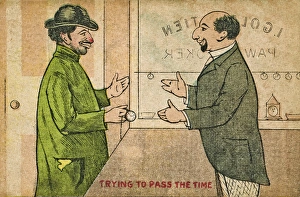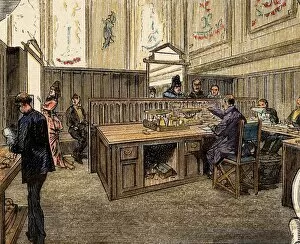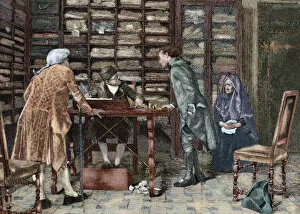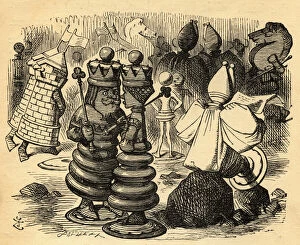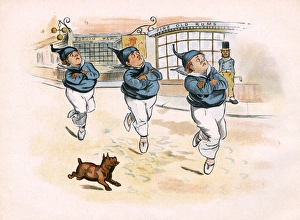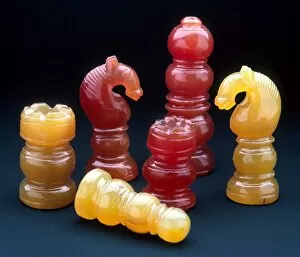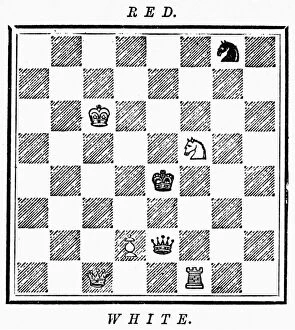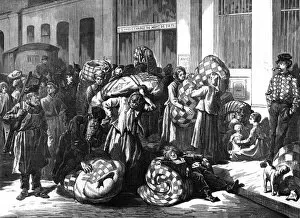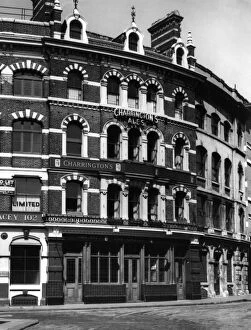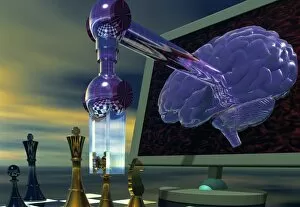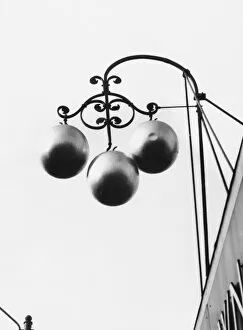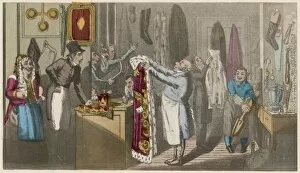Pawn Collection (page 2)
"Pawn: A Symbol of Society's Intemperance and Desperation" In the intricate tapestry of human existence, one can find profound symbolism in the most unexpected places
All Professionally Made to Order for Quick Shipping
"Pawn: A Symbol of Society's Intemperance and Desperation" In the intricate tapestry of human existence, one can find profound symbolism in the most unexpected places. Take for instance William Hogarth's famous painting, "Gin Lane, " a haunting depiction of London's drinking culture in the 18th century. Amidst this chaotic scene, a pawnbroker's shop stands as a testament to society's intemperance. Just like chess pieces on a board they can often sacrificed in the game of life. They represent those who bear the weight of desperation and make difficult choices to survive. The window of a Los Angeles pawn shop adorned with neon lights serves as an alluring yet melancholic reminder that sometimes we must part with our possessions to navigate through challenging times. Traveling back in time to Cripplegate, London, in 1903 reveals an era where buildings dating back centuries were demolished without hesitation. Among them stood Quest House and various pawn shops - structures that witnessed countless stories unfold within their walls. A chess set from 1795 crafted meticulously from ivory and walnut captures both elegance and strategy; it mirrors how individuals maneuver through life’s challenges while trying not to be mere pawns themselves. This juxtaposition is further emphasized by Dr W. Heath Robinson II’s Science Jottings – reminding us that even amidst scientific progress, societal struggles persist. London Trade Card featuring John Flude, Pawnbroker and Silversmith showcases how these establishments played vital roles within communities throughout history. Their presence offered hope or solace during times when financial security seemed out of reach. Lastly, Mr Uncle the pawnbroker immortalized on November 8th, 1935 reminds us that behind every business lies someone who witnesses humanity at its most vulnerable moments – offering temporary relief but also bearing witness to personal hardships etched into their memories forever. In essence, "pawn" transcends its literal meaning.



